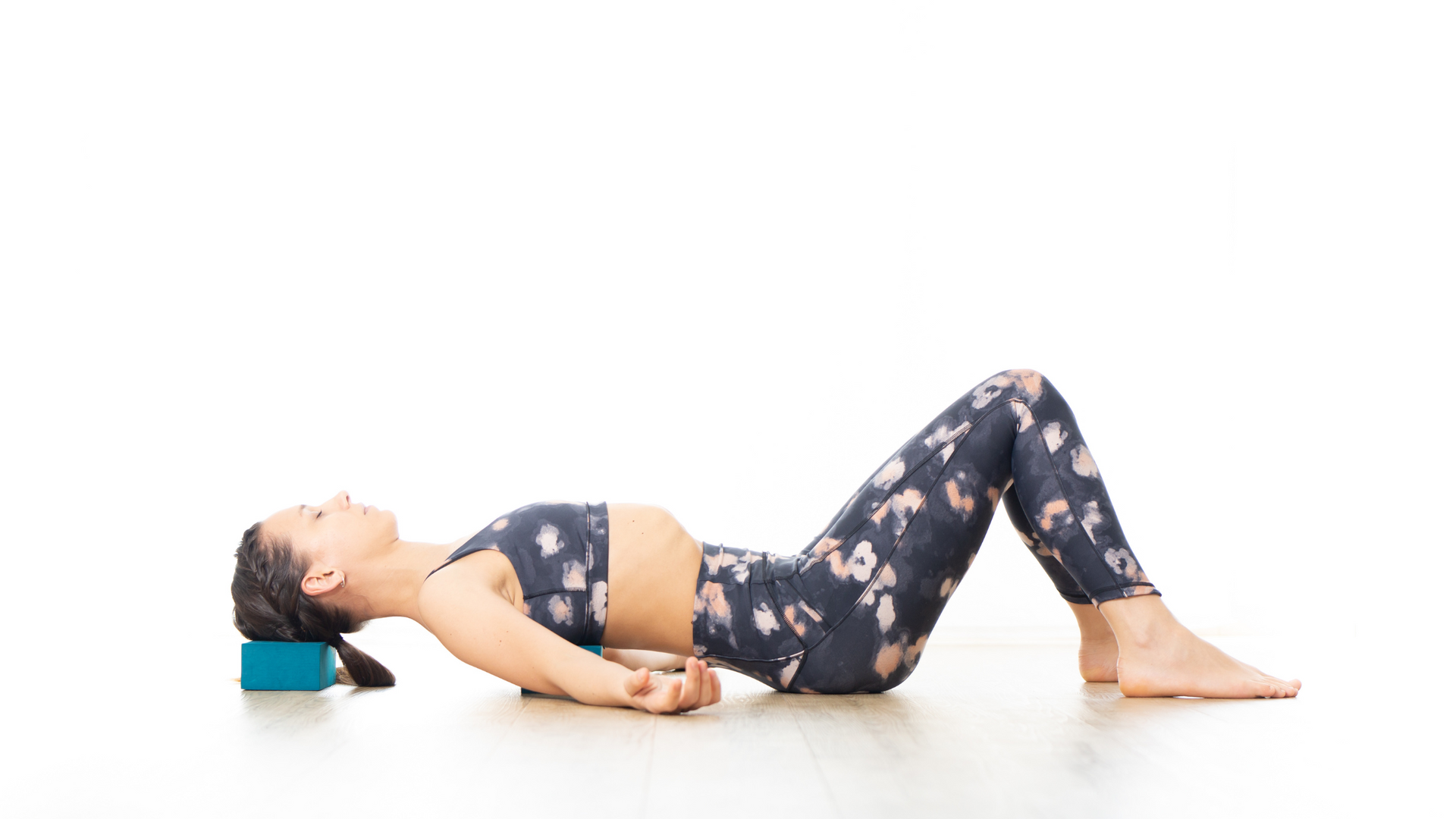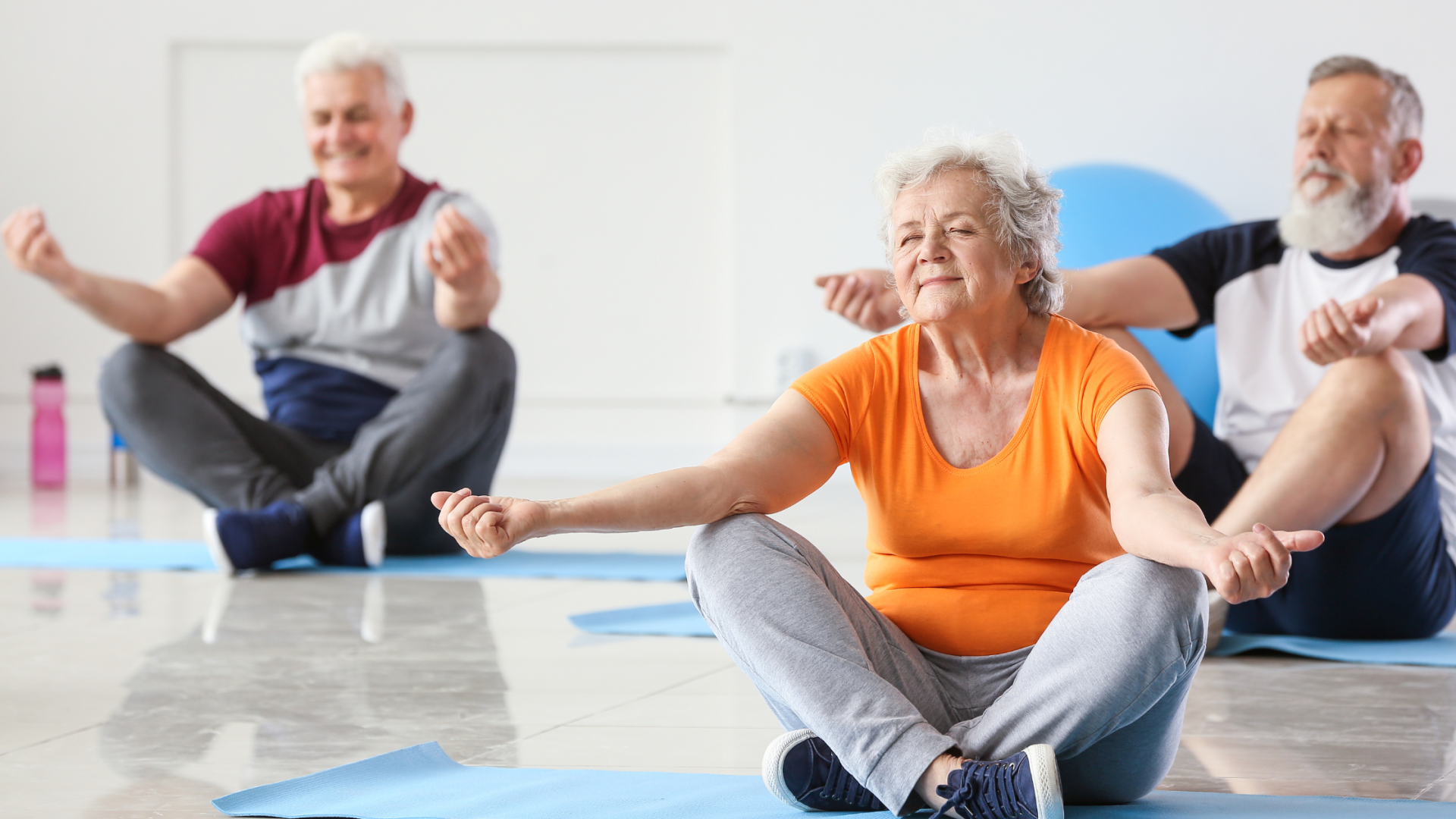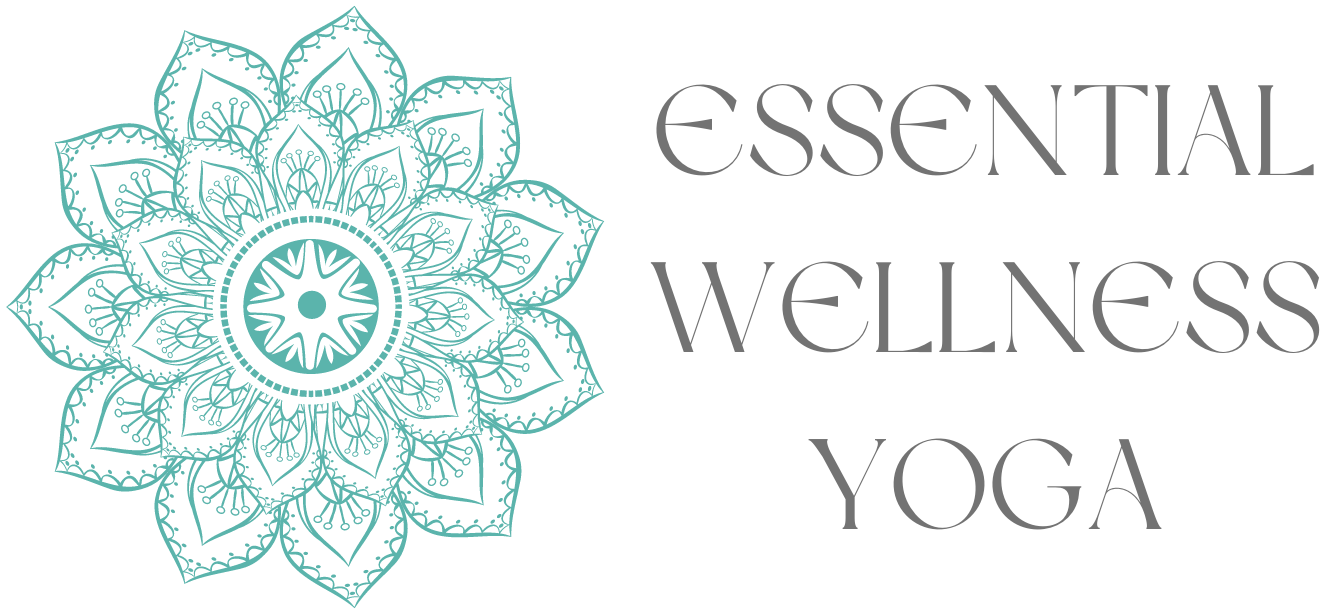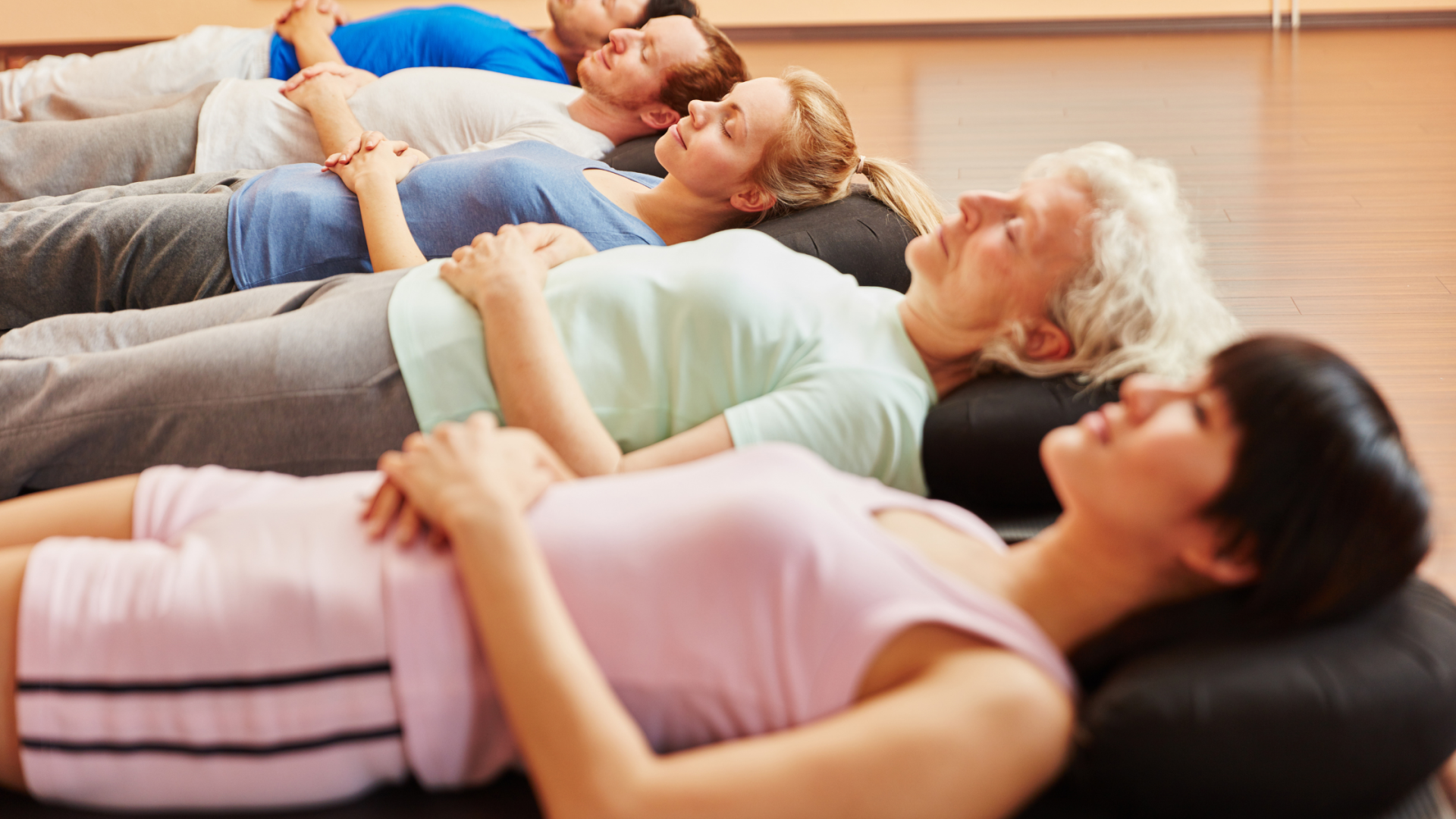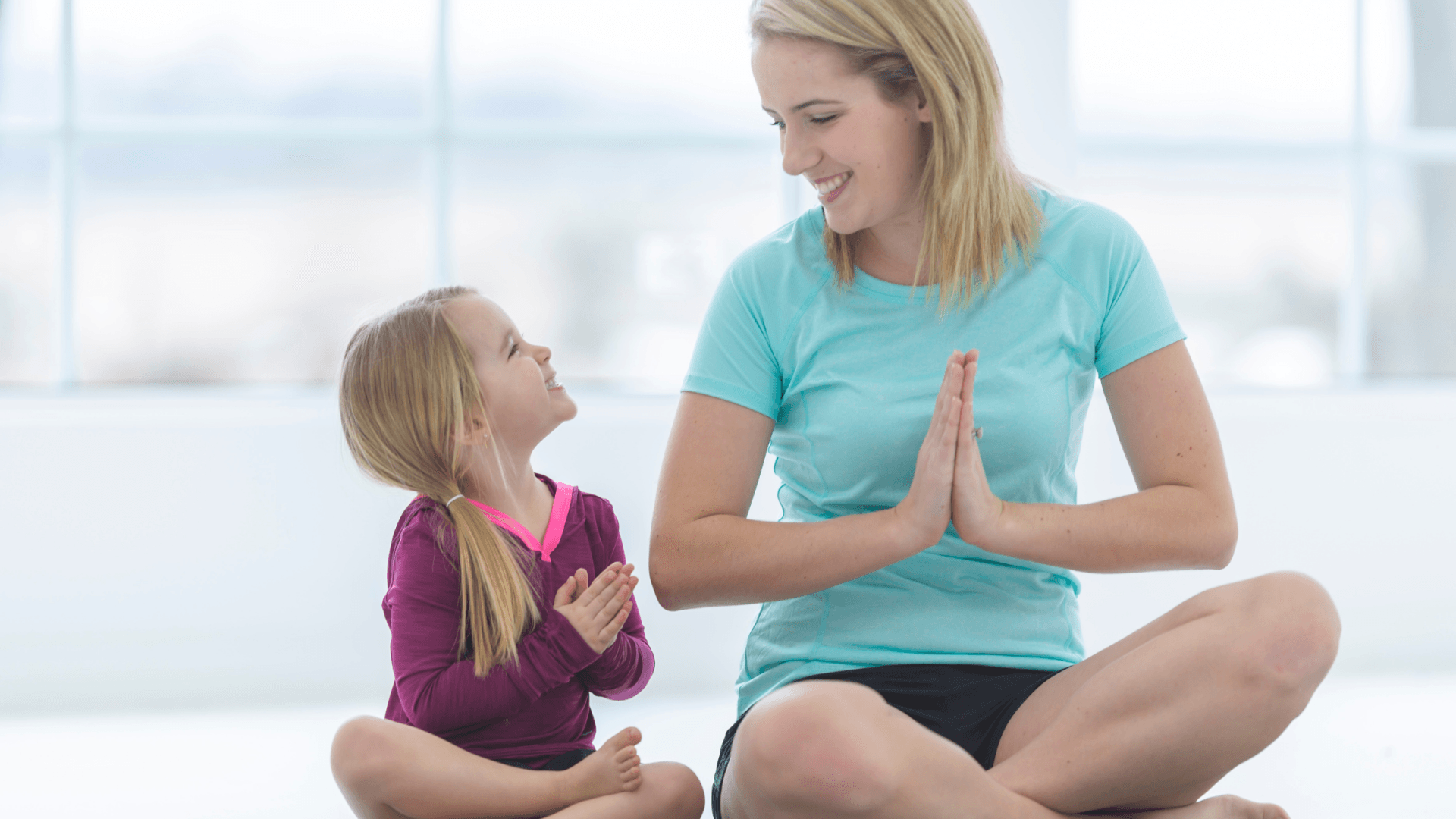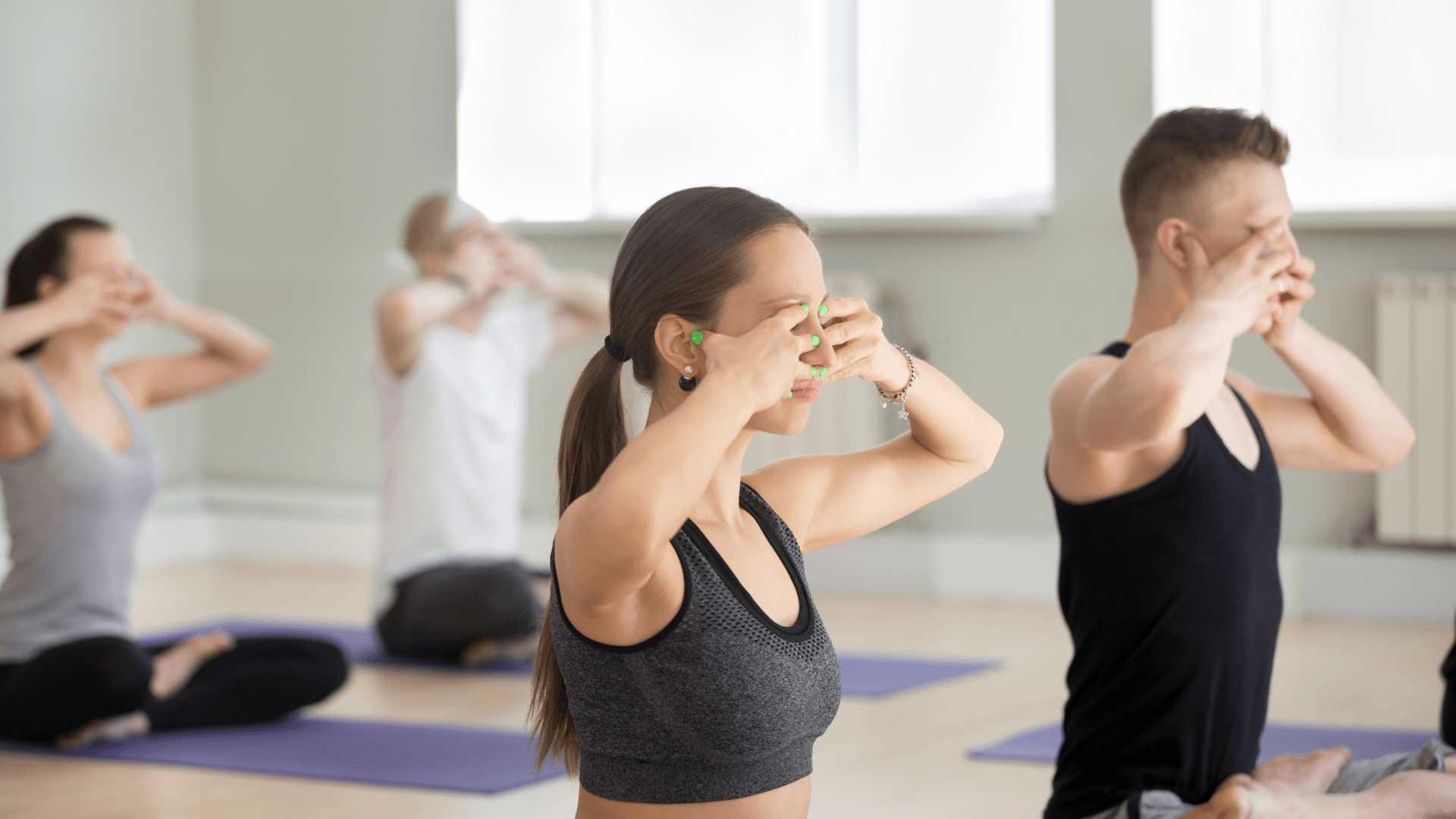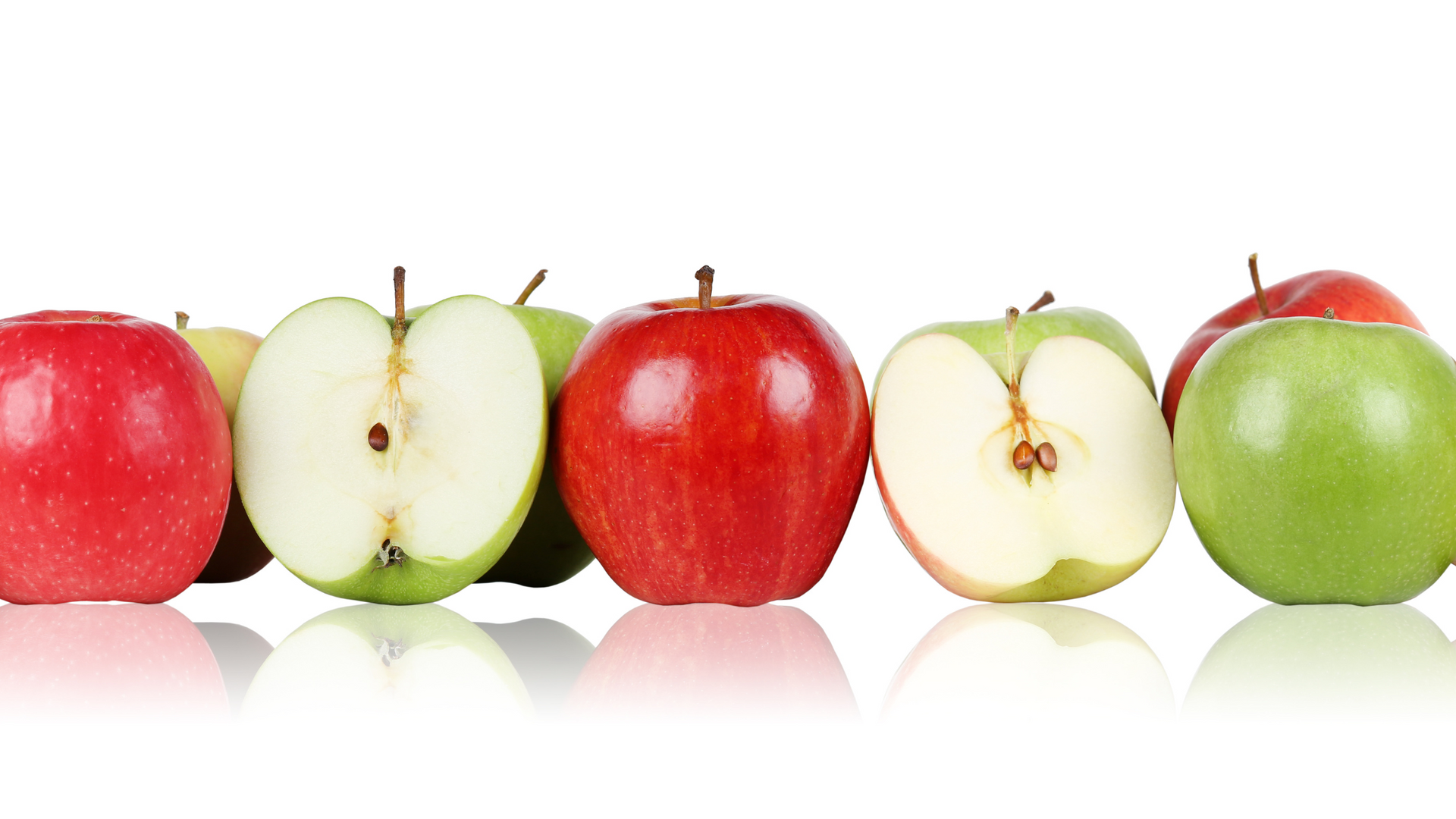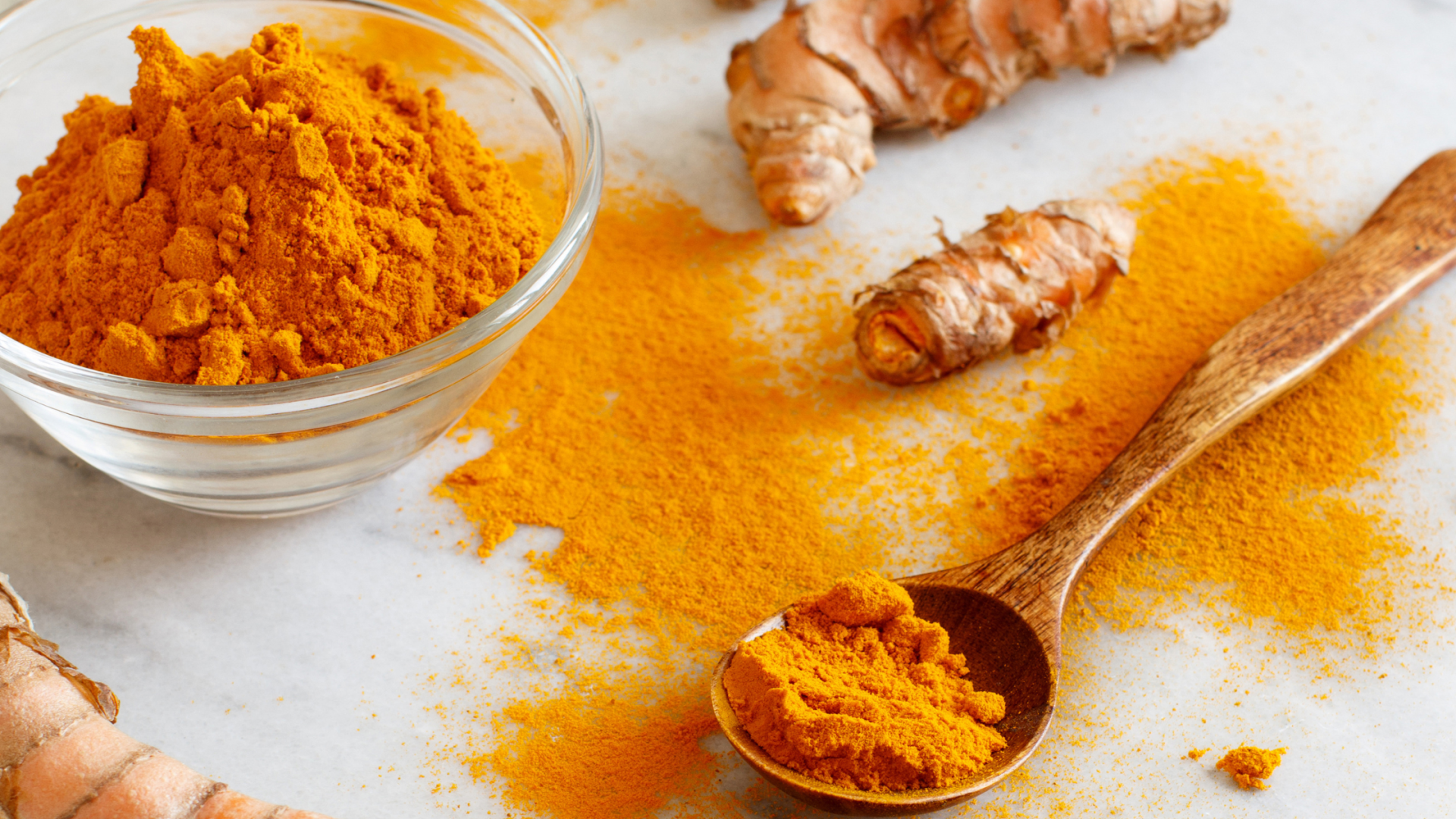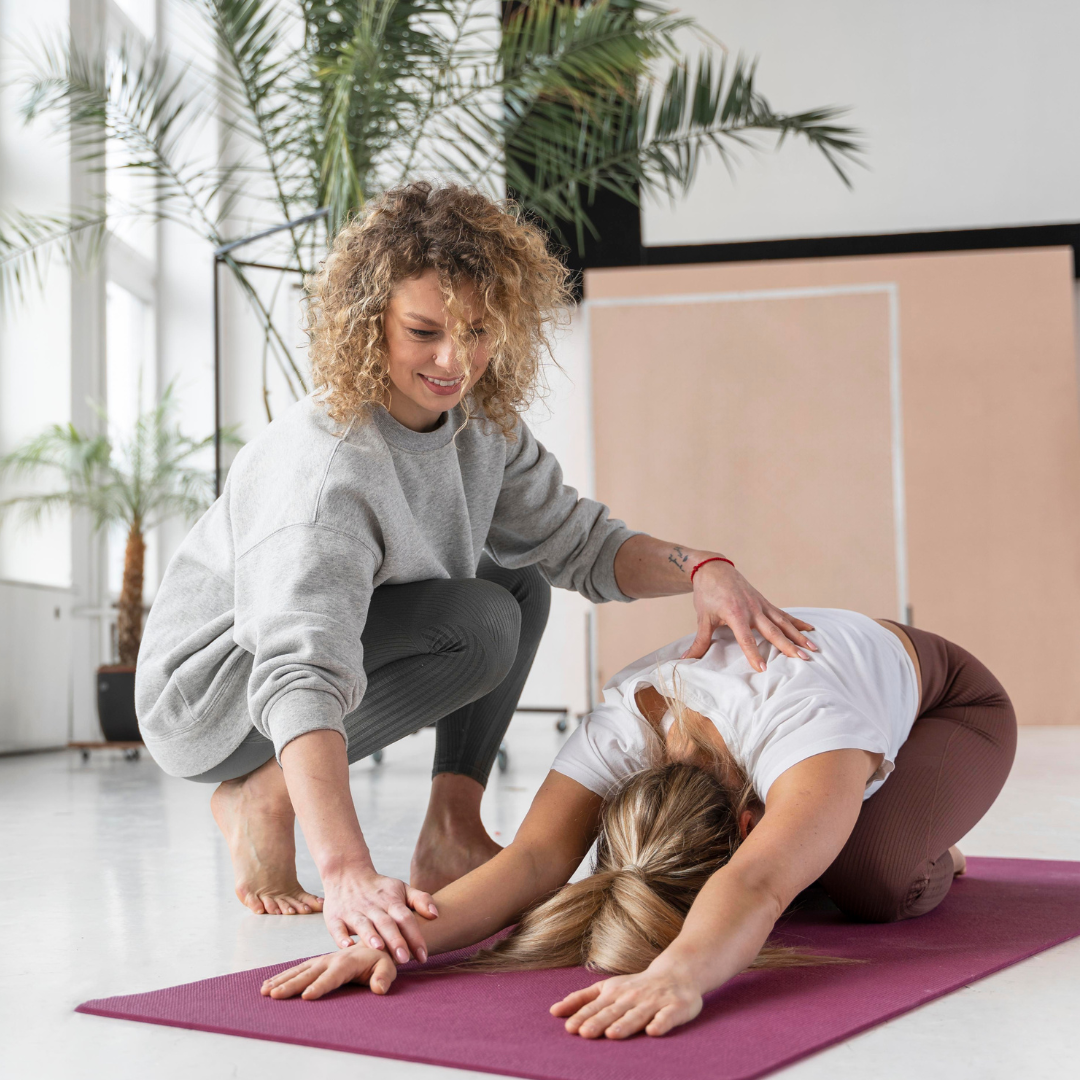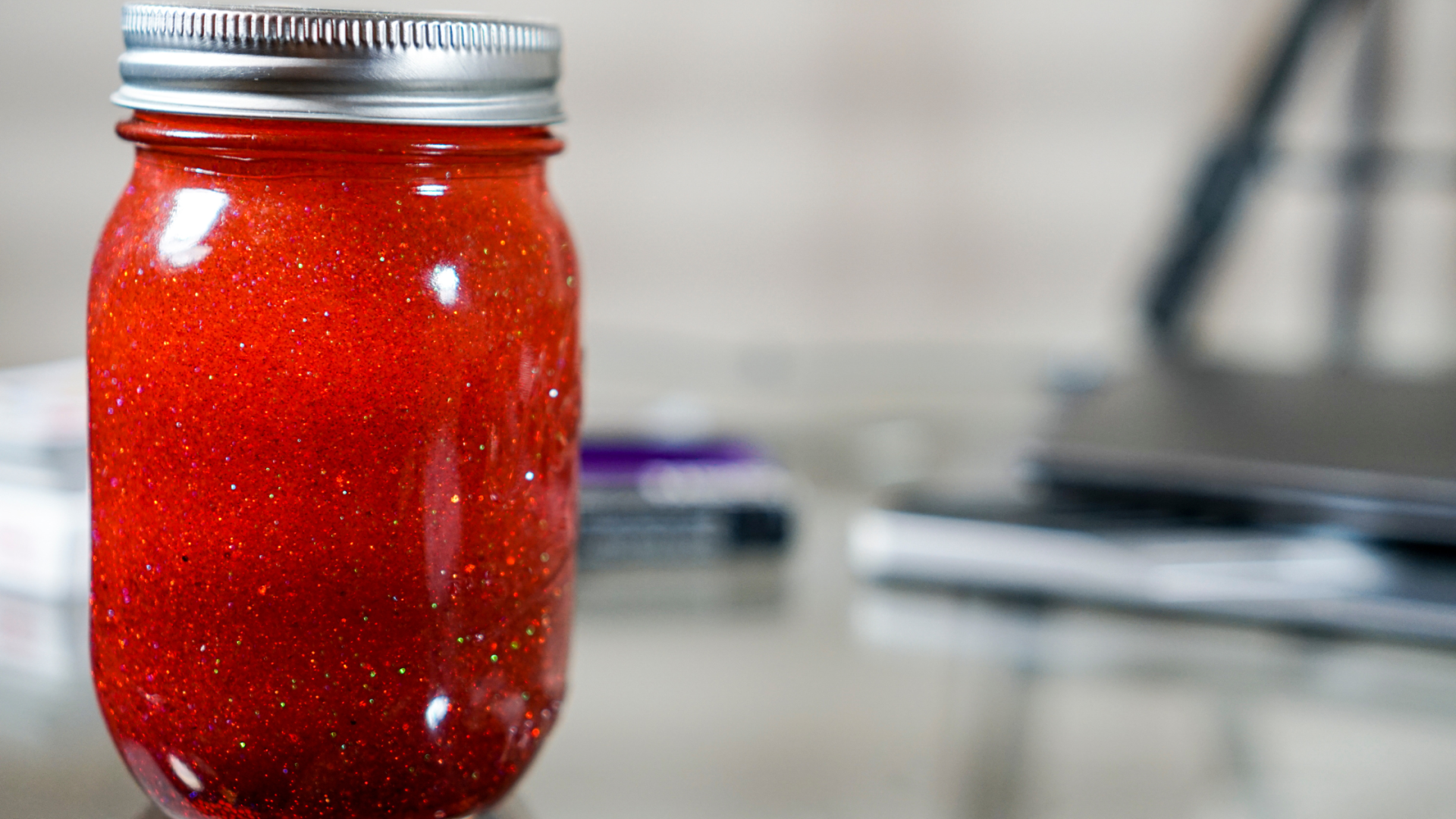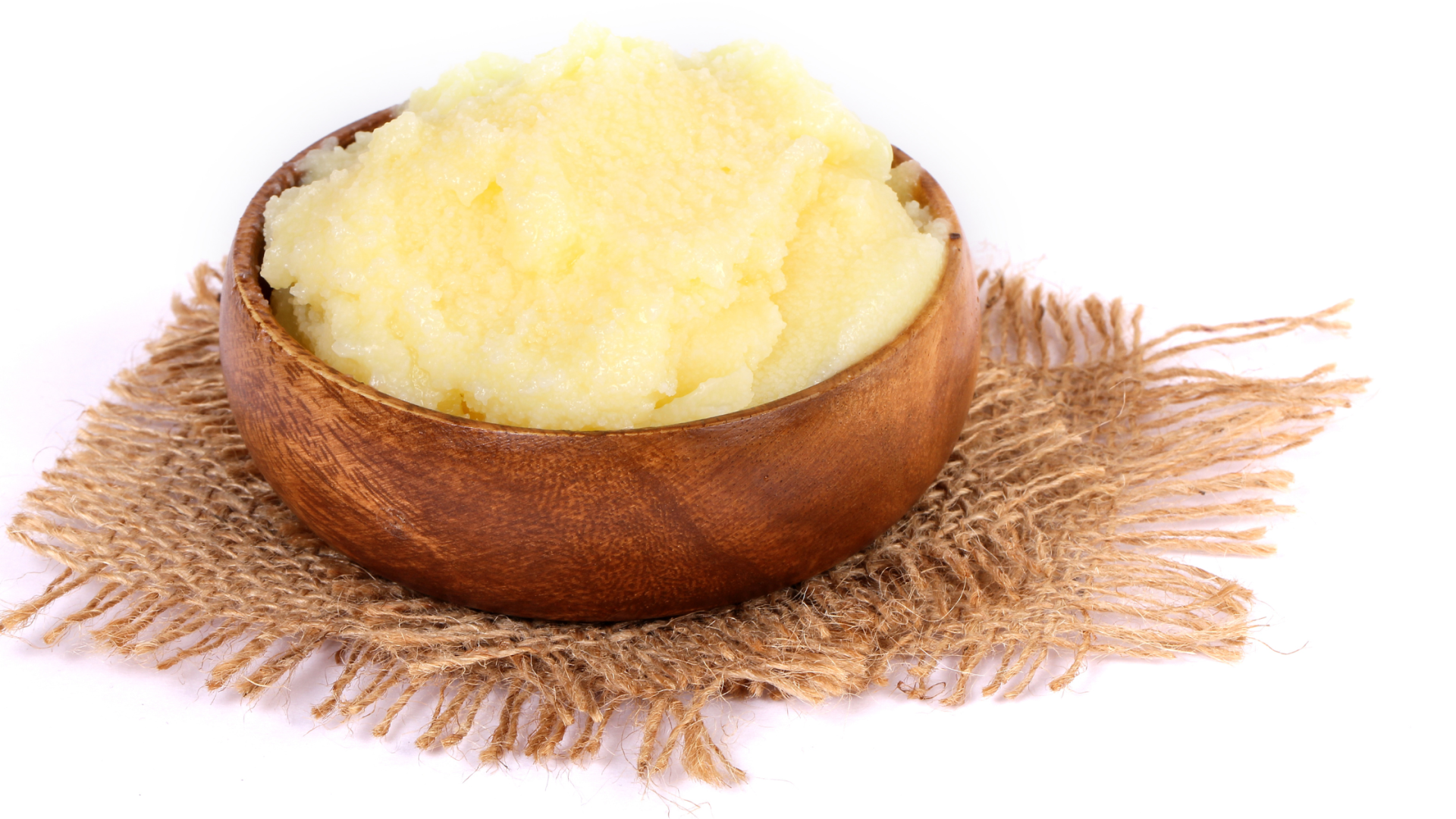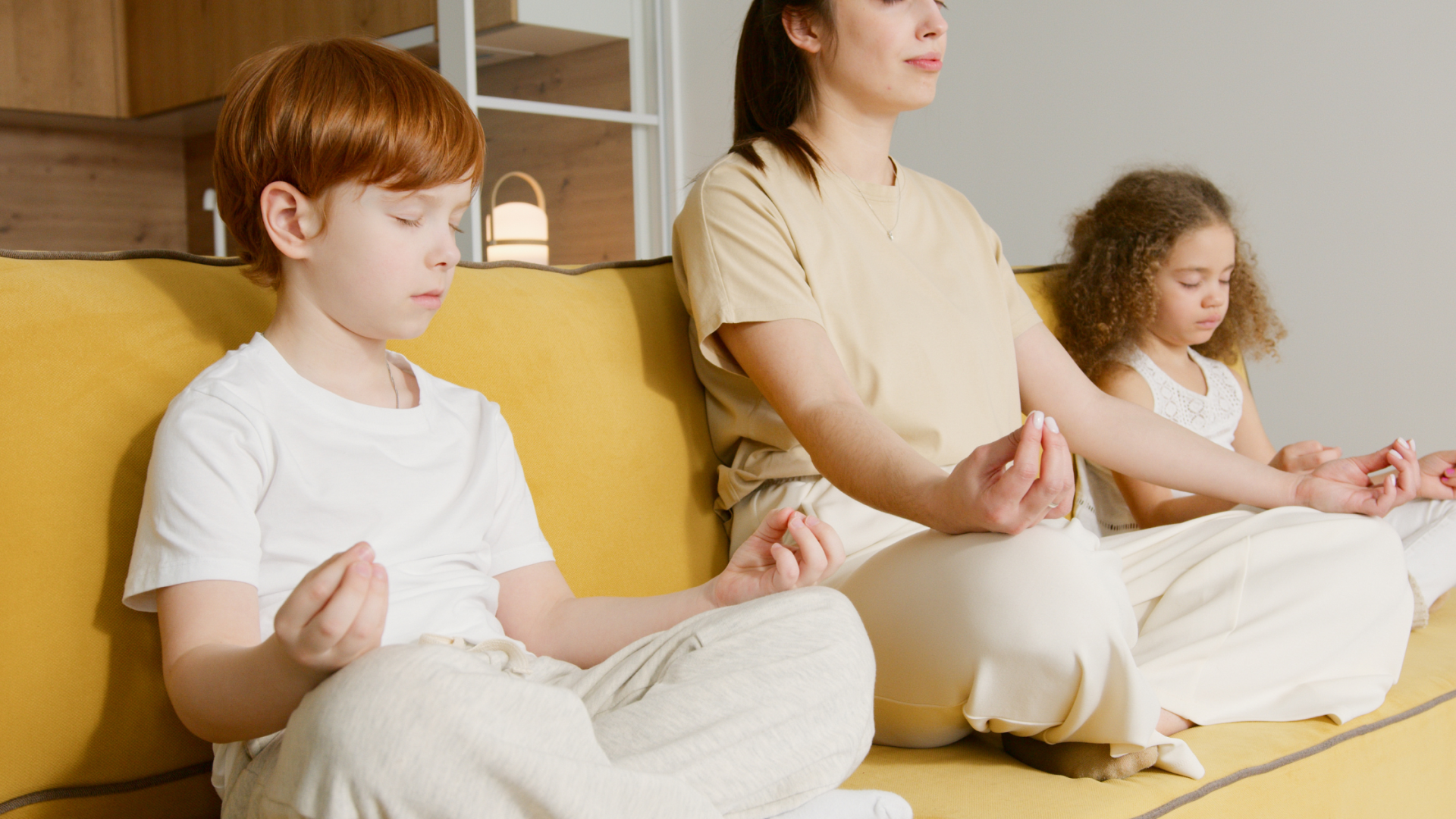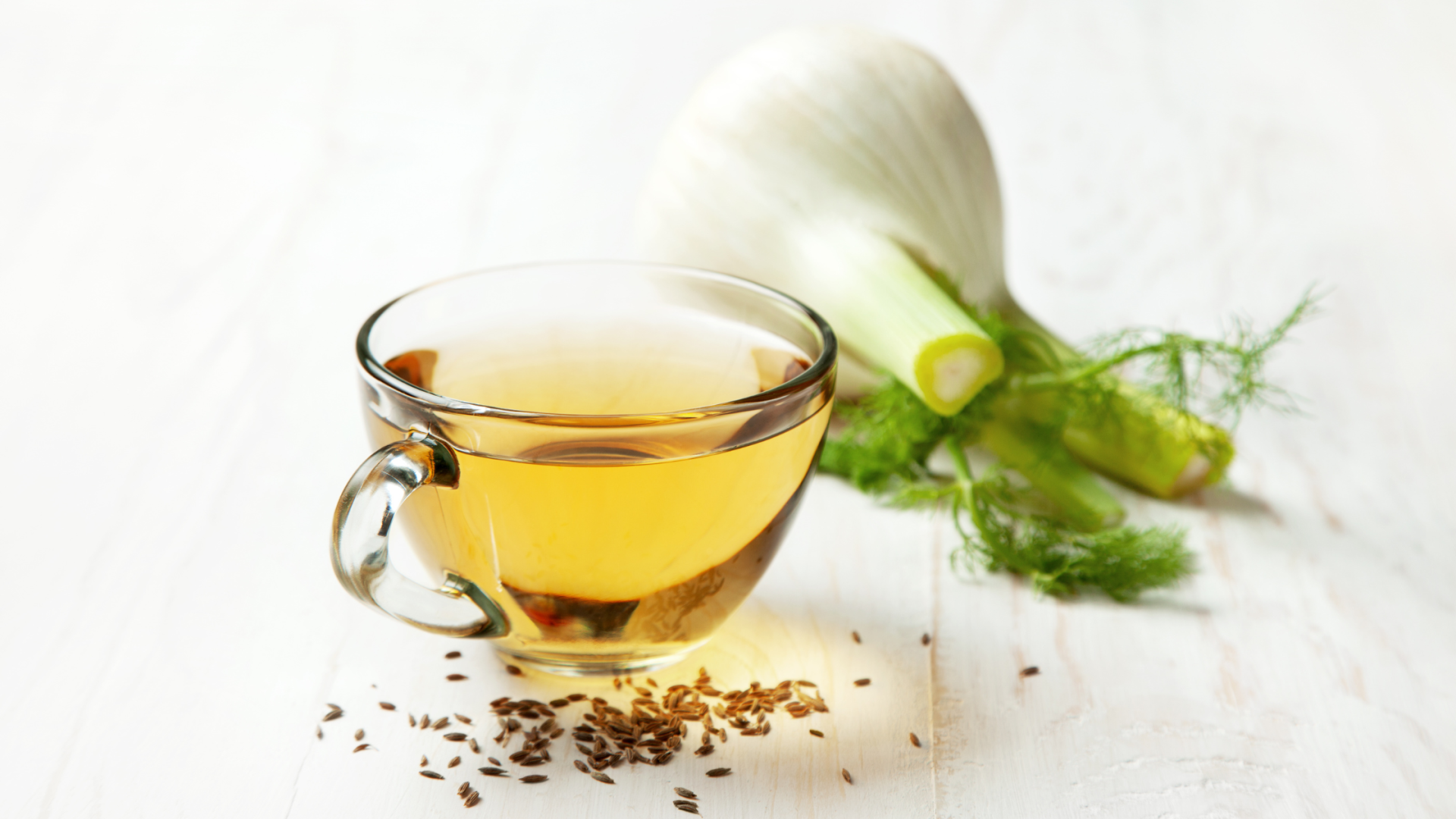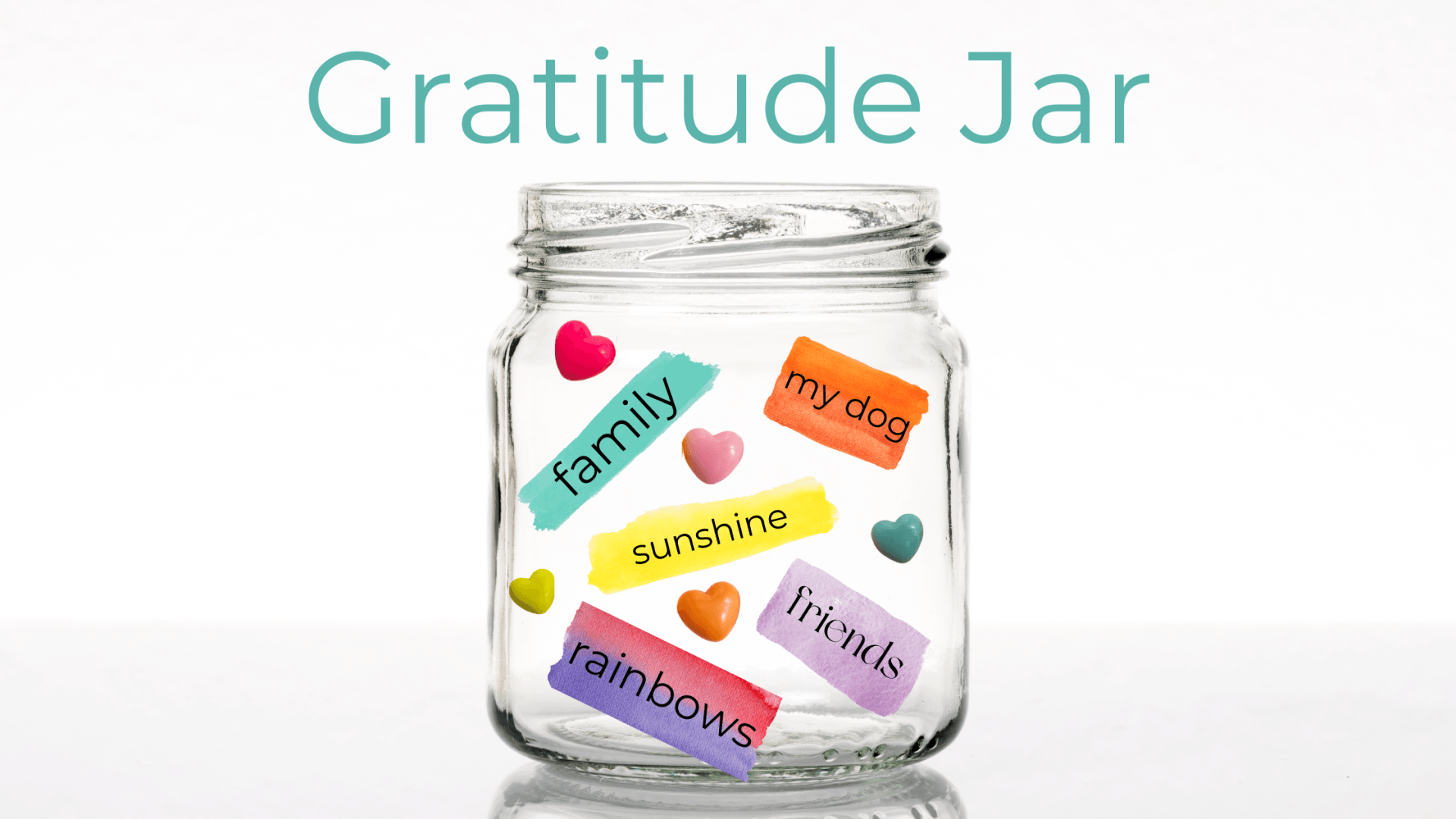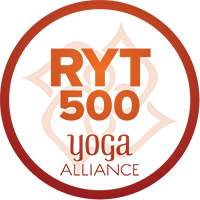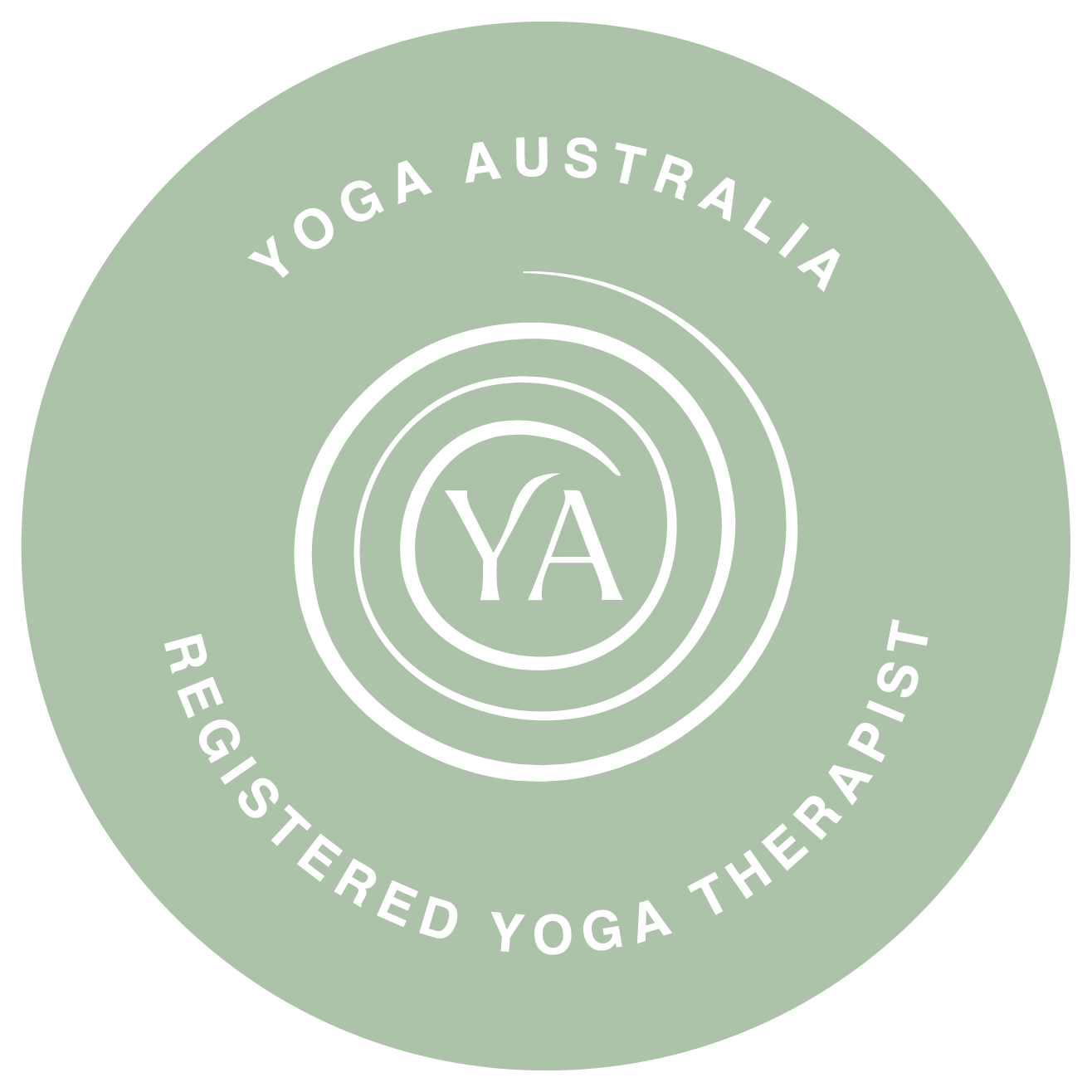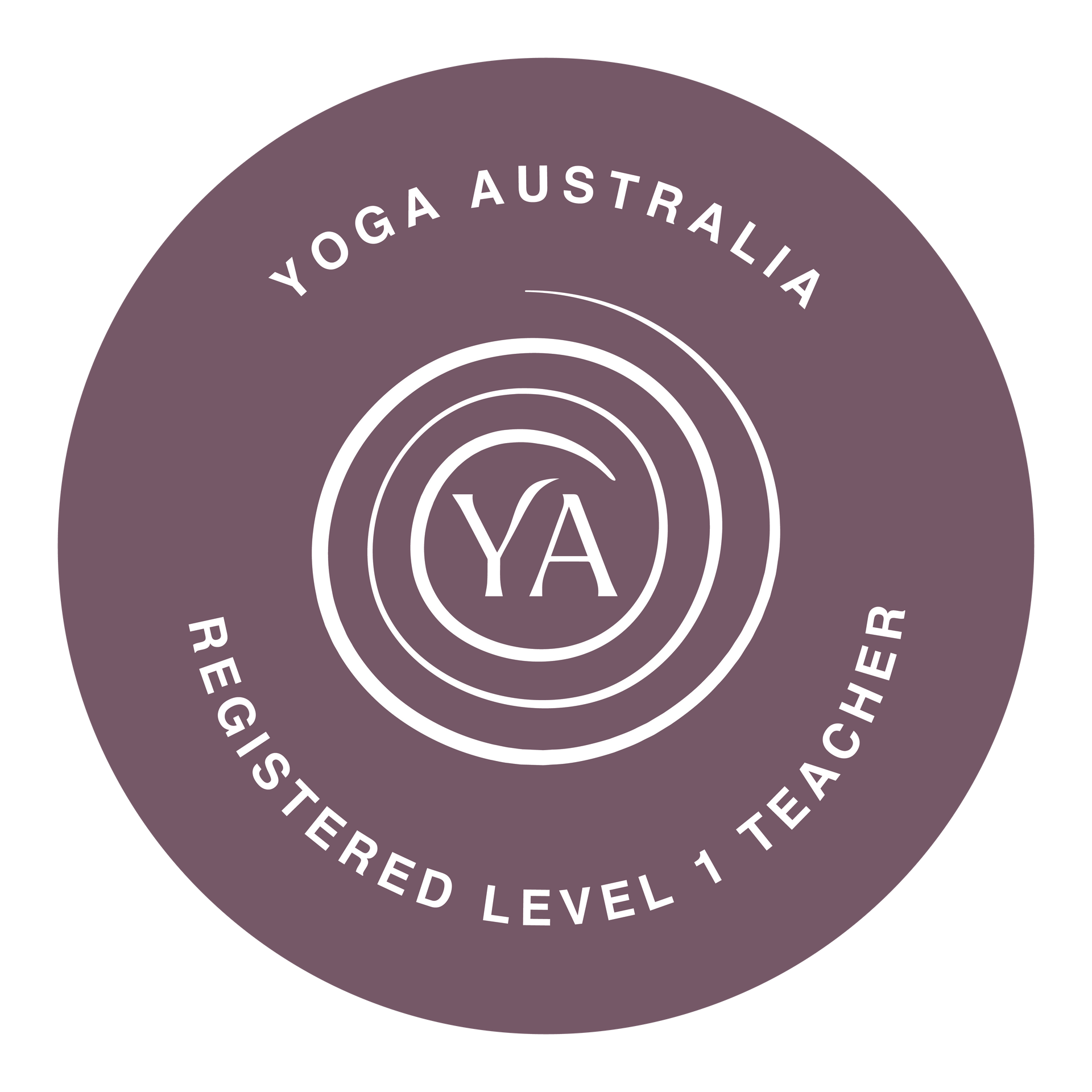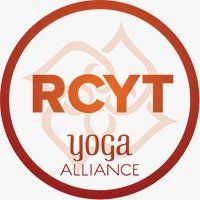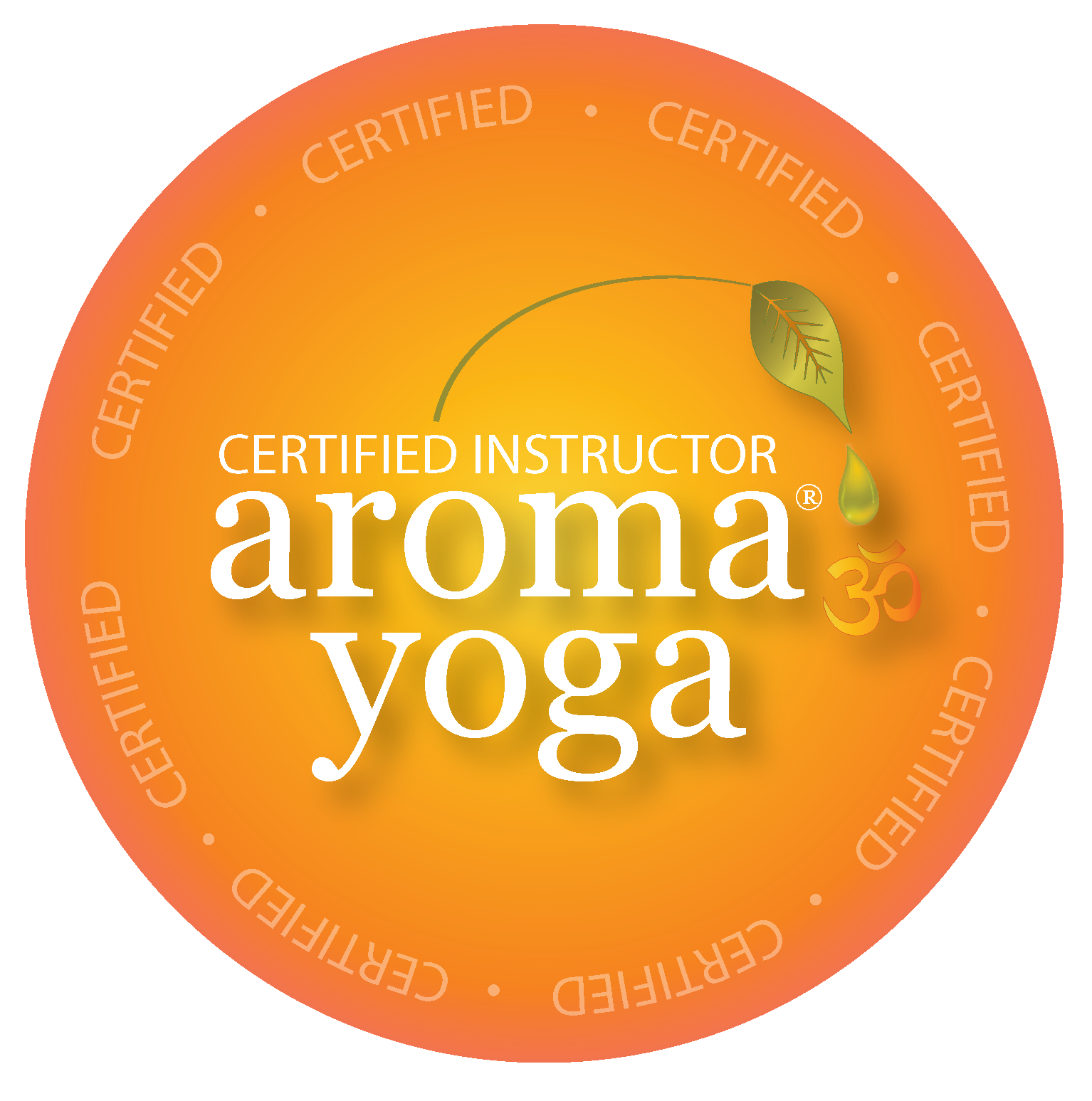Pranayama - The Importance of Breath
Pranayama is a comprehensive practise of yoga. You might wonder why there is so much focus on the breath in yoga, what the link is between yoga and breath, and why it is so important (besides the fact that it keeps us alive!).
In a yoga class we are instructed to consciously breathe, connect to our breath, breathe deeply, return to our breath etc.. but why do we place so much emphasis on the breath? Breath is life. We can live for days without food or water, but deprive us of breath and we die in minutes. With this in mind, it is surprising how little attention we pay to the importance of breathing correctly.
A yogi measures the span of life by the number of breaths, not by the number of years - Swami Sivananda
You may wonder why dogs have short lives compared to humans. It is said that if you breathe 15 times per minute, you will live 75 or 80 years, but if you breathe 10 times per minute you will live to 100. The speed of your breath can dictate the length of your life. The faster you breathe, the shorter your life.
Pranayama is one of the 8 Limbs of Yoga. Pranayama is the act of breathing. There are many different breathing techniques used in yoga, and the breath is known as the anchor of the practice, bringing the body into balance. Controlling or extending the breath leads to balance within the body. Prana means life force or breath sustaining the body; Ayama translates as “to extend or draw out.” Together, the two mean breath extension or control, creating mind-body connection and harmony.
Pranayama, literally means “to extend the vital life force,” or prana, is an incredible practice made up of many different breathing techniques ranging from very simple ones that children are able to do, to the far more complex ones that are more appropriate for advanced practitioners. The best way to learn and practice pranayama is under the guidance of an experienced teacher. There are, however, some simple techniques that can be used any time to transform both your body and your state of mind. Techniques such as comfortably lengthening the exhalation (great for calming the body and mind) and gentle diaphragmatic breathing can be done easily by anyone, at any time.
I know personally from my struggle with chronic pain and illness, the power of a regular pranayama practice. In my work using yoga therapy, I work with children and adults struggling with a variety of issues including anxiety, stress, depression, chronic illness, sleep disturbances and chronic pain. I’ve seen in myself and my students, simple pranayama practices reduce stress and anxiety, promote restful sleep, ease pain, increase attention and focus, and, on a more subtle level, help people connect to a calm, quiet place within so that they experience greater clarity and well-being on every level.
Patanjali, in the Yoga Sutras, describes pranayama as a process by which you can break your unconscious breathing pattern and make the breath long, easeful, and smooth. We often take small shallow, erratic breaths, without even noticing, in our unconscious breath. Our breath is linked closely to our nervous system. When we hear bad news or get a fright we gasp - we inhale and hold onto our breath. This sets of the sympathetic nervous system and our fight/flight response.
When you practise conscious breathing, you activate a different part of your brain. Our unconscious breath is controlled by the medulla oblongata in the brain stem, the primitive part of the brain. Conscious breathing comes from the more evolved areas of the brain in the cerebral cortex. Consciously breathing sends impulses from the cerebral cortex to the connecting areas that impact emotions. Activating the cerebral cortex has a relaxing and balancing effect on the emotions. By consciously breathing, you are controlling which aspects of the mind dominate, causing your consciousness to rise from the primitive or instinctual to the evolved or elevated.
Changing the breathing pattern can produce different states of mind. Focusing on your exhalation will bring a calming effect. Focusing on your inhale will bring more stimulation and energy (useful for that three o'clock slump!).
3 Simple Pranayama Practices To Get You Started
Abdominal Breath / Diaphragmatic Breath
Abdominal breath, or Diaphragmatic Breath allows you to breathe deeply into the lungs, using the diaphragm. This type of breathing begins to reset our patterns from shallow chest breathing to deep, healthy, belly breathing. The abdominal breath moves the diaphragm down and up as you inhale and exhale, pushing the abdominal organs forward, and then back inward. The air is encouraged into the lower lobes of the lungs and the organs in the lower torso are massaged, stimulated and relaxed.
- Become aware of your real breathing style, whether you are breathing from the abdomen or from the chest. Once the breathing style is noticed, it becomes easier for you to rectify your style and know how much you need to work on it
- Sit in a comfortable seated position with your head, neck and spine in alignment. Place your right hand on your abdomen and your left hand on your chest. Start to relax yourself and release any tension you feel in your body consciously
- Once you start deep breathing, notice which hand is moving more, and notice in which direction. Your right hand, on your stomach, should be moving more and in an outward and inward fashion. The left hand on the chest should show less movement but in the same fashion as the abdomen
- If you chest is moving in an upward and downward fashion, you are carrying out chest breathing. Abdomen breathing is the much preferred breathing style in yoga.
- Within a few days or weeks of adopting diaphragmatic breathing, you may start to notice a vivid change in your stress, anxiety and patience levels.
Sitali (Sheetali) - Cooling Breath
The word Sitali means cooling breath in Sanskrit. This simple practice calms the mind and reduces the body's sympathetic nervous system response, the "fight or flight" stress response. It cools the body and mind and lowers blood pressure.
- Sit in a comfortable seated position with your head, neck and spine in alignment. Follow your breath with ease for a couple of minutes. Cultivate the feelings of expansion and receiving on the inhale, and releasing and surrendering on the exhale. Then open your mouth and form the lips into an "O"
- Curl the tongue lengthwise and project it out of the mouth (about 3/4 of an inch)
- Inhale deeply across the tongue and into the mouth as if drinking through a straw.
- Focus your attention on the cooling sensation of the breath as the abdomen and lower ribs expand
- Withdraw the tongue and close the mouth, exhaling completely through the nostrils
- Continue doing Sitalia for 2-3 minutes, return to diaphragmatic breathing for several more minutes. and then repeat the cooling breath for 2-3 minutes longer. Gradually you can work you way up to a 10 minute practice.
NOTE: If you are not able to curl your tongue, gently press your lower and upper teeth together and separate your lips as much as you comfortably can, so your teeth are exposed to the air. Inhale slowly through the gaps in the teeth and focus on the hissing sound of the breath. Close the mouth and slowly exhale through the nose. Repeat up to 20 times. (This practice is called Sitkari). Sitkari, in addition to its cooling benefits, also balances the endocrine system and builds vitality.
Brahmari Breathing - Humming Bee Breath
Brahmari pranayama vibrates the whole brain. It is an established fact that Brahmari done for a few minutes daily can alleviate anxiety and tension, improves mood, behaviour and personality.
- Sit in a comfortable seated position with your head, neck and spine in alignment
- Bring your attention to your regular breath with ease and no effort . Just bring your awareness to the inhale and the exhale
- When you are ready and feel at ease, inhale through both nostrils, then as you exhale make a humming sound like a beee
- Allow the length of the breath to extend naturally and without force, humming until the body is empty of breath and then inhaling again.
- Practice anywhere from 5-15 minutes.
Note: Hands may be resting on lap or in Shanmukhi Mudra:
- Your thumbs should be placed on the tragus and fore-fingers touch the inner eye corners. Make sure not to put any pressure on your eye-balls
- Place your middle fingers on the slides of your nose and the ring fingers above your lips.
- place your pinky finger below the lips and start with inhaling and exhaling air
- While exhaling, produce a humming sound along with all the fingers on the face. With humming sound, feel the calmness with the humming sensation and begin to connect to the pineal gland deep inside the brain
Pranayama is so important for everyone, adults and kids alike. Breath, or pranayama is an important part of kids and adults yoga classes. The techniques above can be used for adults and kids. There are also many ways we can make breathing easier for kids, by adding visualisations or movements. If you would like to know more about breathing for kids, check out our Yoga Kids Colouring Book - Breathing, in our Book Range. These books are great for kids, but they are also great for adults who love the many benefits of colouring.
